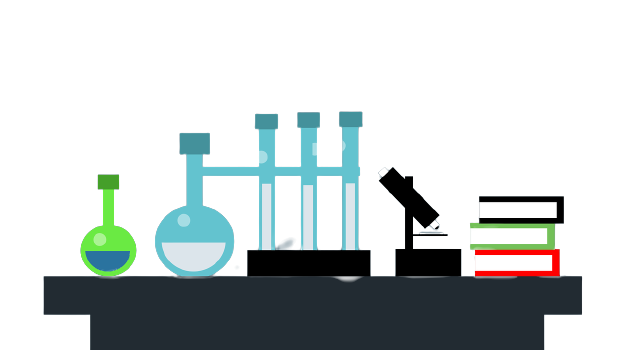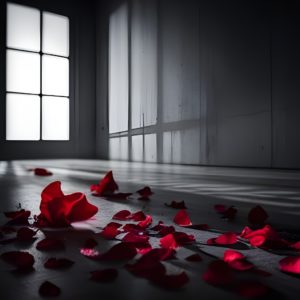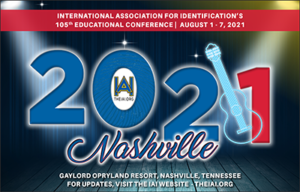Chemical indicates the presence of human blood in the trailer
After detectives photographed the inside and took some items into evidence, they cleared the floor in order to apply a chemical known as Bluestar, which lights up blue when it comes into contact with human blood, Liddell said.

What did investigators find under Ruben Flores’ deck? Expert testifies in Kristin Smart trial

The Tribune: September 07, 2022
Traces of human blood were possibly found inside a trailer at Ruben Flores’ home, a San Luis Obispo County Sheriff’s Office forensic specialist testified Wednesday during the Kristin Smart murder trial.
Shelby Liddell, who spoke on the stand in Monterey County Superior Court, has been a forensic specialist for the Sheriff’s Office for about four years. She helped excavate parts of Flores’ Arroyo Grande property, in particular an area underneath his deck — where investigators believe Smart’s body was once buried after his son, Paul Flores, allegedly killed her in 1996. On Wednesday, San Luis Obispo County Deputy District Attorney Chris Peuvrelle walked Liddell through two 2021 excavations she did at Ruben Flores’ home. During the excavations, Liddell said, she helped dig at various areas and helped identify a stain discovered in the dirt beneath Flores’ deck.
Samples of the stain — which archaeologist Christine Arrington previously testified was likely from human remains — was collected as evidence and subsequently subjected to test for human blood and DNA, Liddell testified. She said she focused on carefully collecting soil from the darkest parts of the stain for testing. She said she also collected control samples of soil from various parts of the property, including under the deck, to ensure the samples from the stain could be tested accurately.
EXPERT: CHEMICAL INDICATES PRESENCE OF HUMAN BLOOD IN TRAILER
A cargo trailer was taken from Ruben Flores’ home to the crime lab annex for further testing, Liddell said on the stand Wednesday. The trailer belonged to Mike McConville, boyfriend of Ruben Flores’ ex-wife, Susan Flores. After detectives photographed the inside and took some items into evidence, they cleared the floor in order to apply a chemical known as Bluestar, which lights up blue when it comes into contact with human blood, Liddell said. The chemical may also react to some paints or varnishes, certain animal blood and cleaning chemicals.

“However the reaction is different” in those cases, she testified.
For example, Liddell said, when the chemical comes into contact with a cleaning chemical such as bleach, it more closely resembles a bright flash and is more white than blue. When it comes into contact with human blood, however, it is more of a slow blue glow — “like that photo,” she said, pointing to a photo of the blue glow emitted on the cargo trailer. The reaction site was on the floor of the inside of the side door of the trailer, the photo showed. While the Bluestar reaction is not direct evidence itself, “it is used as a presumptive to narrow down the search for collection for further testing,” Liddell said.
WITNESS CHANGED PREVIOUS TESTIMONY FOR ‘CLARIFICATION’
On cross-examination, Paul Flores’ defense attorney, Robert Sanger, noted that Liddell’s testimony had changed from what she said during the preliminary hearing — specifically about whether the stain underneath the deck was disturbed.
On cross-examination, Paul Flores’ defense attorney, Robert Sanger, noted that Liddell’s testimony had changed from what she said during the preliminary hearing — specifically about whether the stain underneath the deck was disturbed. In the preliminary hearing, Liddell stated that it did not seem the stain had been disturbed prior to excavation, but in her testimony Wednesday she said it had. When Peuvrelle asked her to explain her answer, Liddell testified she “was taking (Sanger) too literally” and thought he meant the stain itself, not the area around the stain. Liddell said she was provided transcripts of her testimony from the preliminary hearing and reviewed them before giving her testimony Wednesday, but had not conferred with the prosecution about changing her testimony.
She also did not review any reports indicating the change, she said. Liddell testified Wednesday that she decided to clarify her answer because she realized her previous testimony was not clear. Throughout her testimony, Liddell declined to answer questions about how the stain and soil interacted with one another because her expertise is in evidence and DNA collection. “I am not an expert in staining and soil. That’s why we brought in the archaeologists,” she said. This was a point that Ruben Flores’ defense attorney, Harold Mesick, focused on during Wednesday’s cross-examination.
Liddell spoke about taking samples from stained soil and discolored soil. After confirming Liddell did not consider herself an expert in staining and soil, Mesick asked her what the difference was between the two.
She did not immediately answer, and Mesick put a photo of the stain up on the projector and asked her to explain it. She said the larger section is a stain, and the different colors in the middle of the stain were discoloration. Also, while Liddell talked with the archaeologists at the scene, she decided what samples to take on her own, she testified. Liddell testified that no bones, teeth or hair were found at any of the excavations sites she examined — including sites at the Flores home, three in Huasna and one in rural Arroyo Grande, Liddell testified. “Any semi-permeable wraps?” Sanger asked, referring to the prosecution’s theory that Smart was wrapped in a semi-permeable wrap while buried underneath Ruben Flores’ deck. To her knowledge, no evidence of a semi-permeable wrap was found, Liddell testified. Court will resume Thursday with a “full day of testimony,” Monterey County Superior Court Judge Jennifer O’Keefe told the juries, urging them to be on time.

























